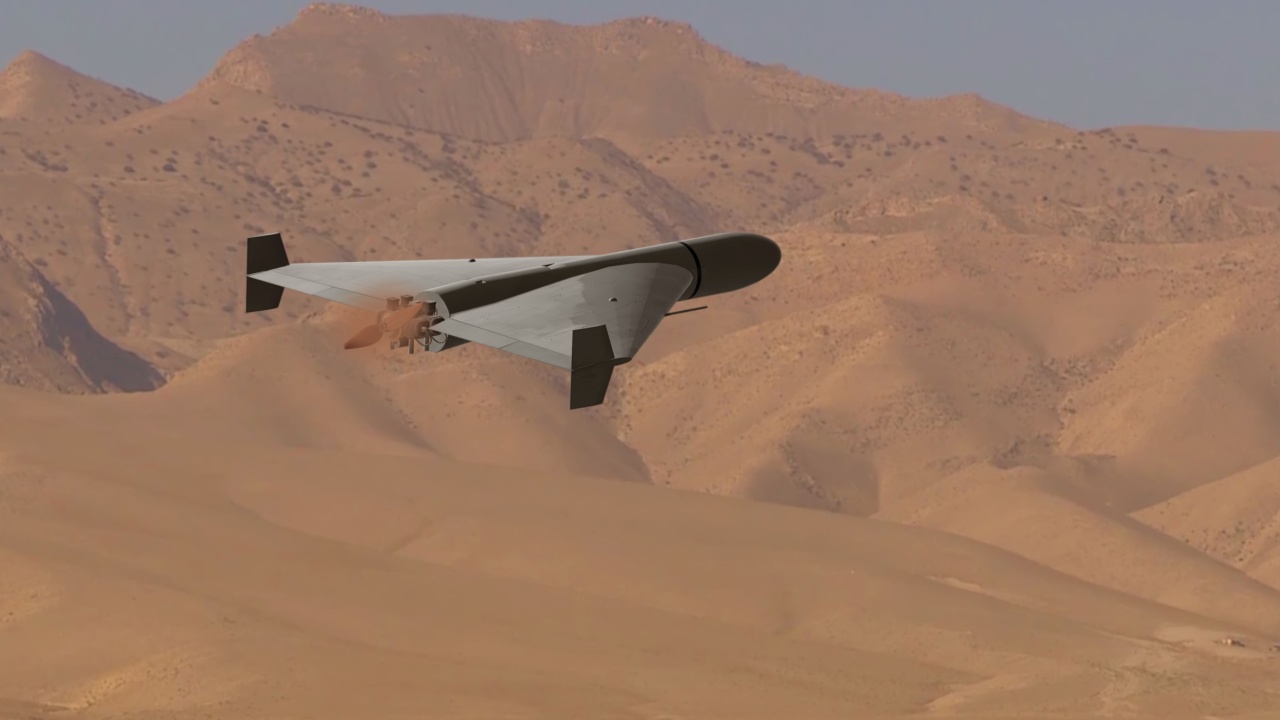Russia Is Launching 'Swarms' of Suicide Drones at Ukraine
The Russian military is launching massive amounts of suicide drones every month in an attempt to push back the Ukrainian forces from inside Russia and also advance along the contact line in Ukraine.
What You Need to Know: Russia has been deploying over large amounts of suicide drones monthly to target Ukrainian forces and critical infrastructure. These unmanned aerial vehicles (UAVs), many sourced from Iran, are being used to bolster Russian offensive capabilities, particularly in energy infrastructure strikes and battlefield operations.

-However, concerns over sustainability loom, as Russian defense industries struggle to keep pace with the demands of prolonged state-on-state warfare. With assistance from Iran and North Korea, Moscow is increasing domestic drone production.
-Suicide drones have become a pivotal modern weapon, reshaping tactics in the Russia-Ukraine conflict through intelligence, direct attacks, and psychological warfare.
Russia’s Drone Swarm Offensive: How Moscow is Relying on Suicide Drones in Ukraine
The Russian military is launching massive amounts of suicide drones every month in an attempt to push back the Ukrainian forces from inside Russia and also advance along the contact line in Ukraine.
To sustain the high level of suicide drone attacks, the Kremlin has been working with Iran to ensure supply. Moscow’s dependency on third countries for vital military assistance highlights the limited capabilities of the Russian defense and aerospace industries to sustain state-on-state warfare for prolonged periods of time.
Swarms of Suicide Drones in Ukraine War
“During September 2024 Russia launched over 1,300 One Way Attack Uncrewed Aerial Vehicles (OWA-UAVs) into Ukraine. This represents the highest number of OWA-UAVs launched in a month since the start of the conflict,” the British Military Intelligence assessed in its latest estimate of the war.
Meanwhile, the Russian military hasn’t changed its approach and continues to attack Ukrainian positions with suicide drones. If the current volume of suicide drone attacks holds up, October will easily surpass the 1,300 incidents from September. However, Russian stocks are unlikely to sustain such a rate of suicide drone attacks for long.
“It is unclear whether Russia can sustain this rate through the remainder of 2024. However, Russia is almost certainly expanding its capacity to conduct large scale OWA-UAV attacks against Ukraine, supplementing Iranian supply with increasing domestic production,” the British Military Intelligence added.
The Russian defense and aerospace industries have failed to keep up with the demands of the war. As a result, the Kremlin has had to turn to unsavory partners, such as North Korea and Iran, for military assistance. Pyongyang and Tehran have sent Moscow suicide drones, ballistic missiles, artillery rounds, armored vehicles, and even troops.
In terms of drones, Iran has provided the Russian armed forces with thousands of unmanned aerial vehicles, with the Shahed 136 being one of the most effective ones. In addition, Tehran has provided training to Russian troops and technological know-how to its Russian counterparts to allow Moscow to set up its own production line of the suicide drones.
“Russia utilises its OWA UAVs against a multitude of targets, particularly energy infrastructure, given their ability to strike deep into Ukrainian territory, maintaining pressure on the Ukrainian Air Defense system,” the British Military Intelligence concluded.
Although drones have been around for a while—the U.S. military and Intelligence Community started using drones in the 1990s—suicide drones have only recently become an essential weapon on the modern battlefield. Indeed, it wasn’t until the large-scale Russian invasion of Ukraine that suicide drones, or one-way attack drones, were used in large numbers to shape the battlefield.
Today, over the battlefield in Ukraine, there is a constant buzz of drones watching and attacking targets of opportunity. Both sides are using drones for a number of tasks, including artillery observation, direct attack, intelligence, surveillance, and reconnaissance (ISR), minelaying, special operations, psychological warfare, and even flamethrowing.
Drones have been quite effective against all weapon systems on the battlefield, and even main battle tanks aren’t safe when there is a suicide drone in the skies.
About the Author
Stavros Atlamazoglou is a seasoned defense and national security journalist specializing in special operations. A Hellenic Army veteran (national service with the 575th Marine Battalion and Army HQ), he holds a BA from the Johns Hopkins University, an MA from the Johns Hopkins’ School of Advanced International Studies (SAIS). He is pursuing a J.D. at Boston College Law School. His work has been featured in Business Insider, Sandboxx, and SOFREP.
Image Credit: Creative Commons and/or Shutterstock.


